Well, NOTRE DAME has been re-established and in time for the Olympics. It is not fully open to the public, but it stands. But, there are some issues and some curiosities regarding the new Spire.
I don’t know how many of you were following the story of the Notre Dame Fire in 2019. I found it all just a little too suspicious from the beginning and it rapidly spiraled downward from there.
They sure wanted that SPIRE TO BURN COMPLETELY. Everything about the Fire, the fundraising and the reconstruction is all too fishy for me.
Now, they had to race to get the Dame ready for the Olympics. I think I have demonstrated why. I can’t help thinking though that there is something about the construction of the new Spire that has something to do with all the SURVEILLANCE both at the Olympics and going forward for the whole world.
If you have not seen my posts on the Fire check them out here.
spacer
spacer
Originally Answered: Is pencil lead a good conductor of electricity?
It’s mostly carbon. Lots of electrical motors use that exact material to deliver power to a motor’s stator (the connector to the spinning part) because the carbon won’t be affected by the sparking, and with a thick enough piece of it, it conducts acceptably well.
HAZARDOUS SUBSTANCE FACT SHEET; PDF
spacer
space
Although the sheer volume of lead that vaporized in the Notre Dame fire was unique, fire restoration practitioners need to be aware of the likelihood that lead may be present in any fire-damaged structure, especially those built after 1978. (Credit: Baidax/Wikicommons)
spacer
Esoteric Symbol Eleven: Saturn or Lead

Saturn or lead represents the first rupture of the prima materia, the initial expression of manifesting consciousness. This we can discern by looking at its esoteric symbol, a cross mounted atop a lunar crescent. In the pictorial representation the fourfold differentiation of elements latent in the prima materia are in a state of passive abasement and have not as yet succumbed to the influence of the lunar or feminine aesthetic and receptive force for the purging of psychic impurities. Moreover the insurmountable position of the four elements reveals that the formative force of Saturn or lead stands at the nethermost end of the ladder of consciousness. The metal lead, its passive expression, exhibits the qualities of heaviness, softness, toxicity and chaos whilst the planet Saturn, its active expression, is the farthest of the seven planets from the center of our solar system as well as the most ‘sluggish’ in terms of the time take to complete a revolution around the Sun (29.7 earth years). These exemplify an intrinsic condition both at odds and light years away from the ethereal qualities of incorruptibility, nobility, eternity and splendor embodied by the Sun and its golden metal.
From a spiritual and psychological perspective, Saturn or lead denotes the conscious dependence upon and identification with the detritus and dross of material existence. In the alchemical opus, the Saturnine formative force is rendered potent during the lesser circulation or creation of the ‘white stone’ and mediates necrosis or nigredo, a primary stage in which the base substance in the alchemist’s retort or alembic blackens and putrefies. On a psychological and spiritual level, this state of physical corruption denotes the inversion and turning inward of the senses. The seventh woodcut emblem from Basil Valentine’s Azoth series offers a pictorial depiction of this phase as an elderly man in an entombed state of decomposition. Perched atop his hands is a raven, a bird frequently used to symbolize necrosis or nigredo (The others are the skull and grave). Two winged entities, the man’s soul and spirit, are vividly portrayed in the act of absconding with his last breath.
The metal lead has been known to humanity since the sixth millennium bce. This we known from metal beads unearthed at the Neolithic settlement of Çatalhöyük in modern-day Turkey which date to about c.6400bce. Millennia afterwards, the ancient Egyptians explored the metal’s properties and their artificers designated minium, otherwise known as lead oxide, and litharge, the protoxide, suitable for use as pigments. They also worked with white lead or lead carbonate which was extracted by subjecting metal sheets to the evaporating fumes of vinegar. The classical Greeks, who obtained much of their lead from the smelting of silver ores, associated the metal to the Titan Cronus, or Father Time, the youngest of the children born to the preeminent deity of the sky, Uranus, and the Earth Mother, Gaea. To this Graeco-Roman god of the harvest we owe the contemporary conception of death as a grim reaper that razes lives with his scythe. Use of the metal became widespread during Roman times, when many of the emperors had it worked into pipes, coins and the system of aqueducts that nourished Rome with water for drinking, bathing and flushing sewerage. It is alleged that the first century Roman Emperor Titus had some fifty thousand or so men delivered to the Spain lead mines for the sake of laboring until they dropped dead from exhaustion.
Popularity of the metal doesn’t seem to have waned at all. During the Middle Ages its practicality was all too apparent in the construction of roofs, water tanks and in the synthesis of pewter. Seventeenth century alchemists and physicians were acutely aware of its use as a curative agent too. Many of them prepared a solution of lead acetate and potassium carbonate from which a metallic preparation known as the Magistery of Saturn was engendered. This became the basis for an alchemical precipitate called the Powder of Saturn which was supposed to relieve respiratory ailments like asthma and tuberculosis of the lungs. Nowadays, the physiognomy of highly insoluble and stable lead compounds makes the metal a perfect candidate for the sheathing of electrical wires, acid tanks, cable hangers, as well as the primary composition for the weights and cable coatings on marine vessels. Despite its established toxicity to the human nervous system and lethal nature, the metal is still used in batteries, glassware, automotive tire balancing, the coloring of ceramics, and for the manufacture of weights used by recreational divers.
 Chemical element
Chemical element

 Cristian Baitg / Image Bank / Getty Images
Cristian Baitg / Image Bank / Getty ImagesStudy Paganism and magical practice for any length of time, and at some point, you’re going to hear about correspondences. Often we discuss correspondences, which are tangible things associated with non-tangible aspects, in terms of herbs, crystals, even planets. Oddly, there’s occasionally a tendency to overlook one of the most useful sets of magical correspondences: metals.
The use of metals as magical correspondences is hardly a new concept. Delve into any of the older occult books, and you might encounter references to the seven noble metals of the ancients or seven metals of antiquity. Until the discovery of arsenic in the thirteenth century, humankind, as a whole, had discovered and was utilizing seven metals: gold, silver, copper, tin, iron, lead, and mercury. Alchemists assigned planetary correspondences to each of the metals they used.

John Cancalosi / Photolibrary / Getty Images
Early alchemists recognized lead as the heaviest of the base metals. It was associated with the planet Saturn, and the god of the same name. It’s not especially pretty, tends to block out light and sound, and is a poor conductor of energy and electricity. Lead is not only heavy, it’s also durable and hard to change. Lead items found in archaeological excavations are usually still unbroken after thousands of years, and many European cities are still using some of the lead piping that was installed by the ancient Romans.
For centuries, alchemists were convinced they could turn lead into gold. It’s associated with fire, and melts easily over an open flame. Once burned down, the lead is replaced by a fine yellowish ashy powder, which is why alchemists believed that lead and gold were so intricately connected. Lead is the metal of transformation and resurrection.
Magical uses of lead include rituals that focus on connection with your deepest unconscious self, meditation, and stability and grounding. You can also incorporate it into workings to control negative behaviors and thoughts, break your bad habits, and overcome addictions. Finally, if you’re doing any work that involves communication with the underworld, lead is the perfect metal to use.
spacer


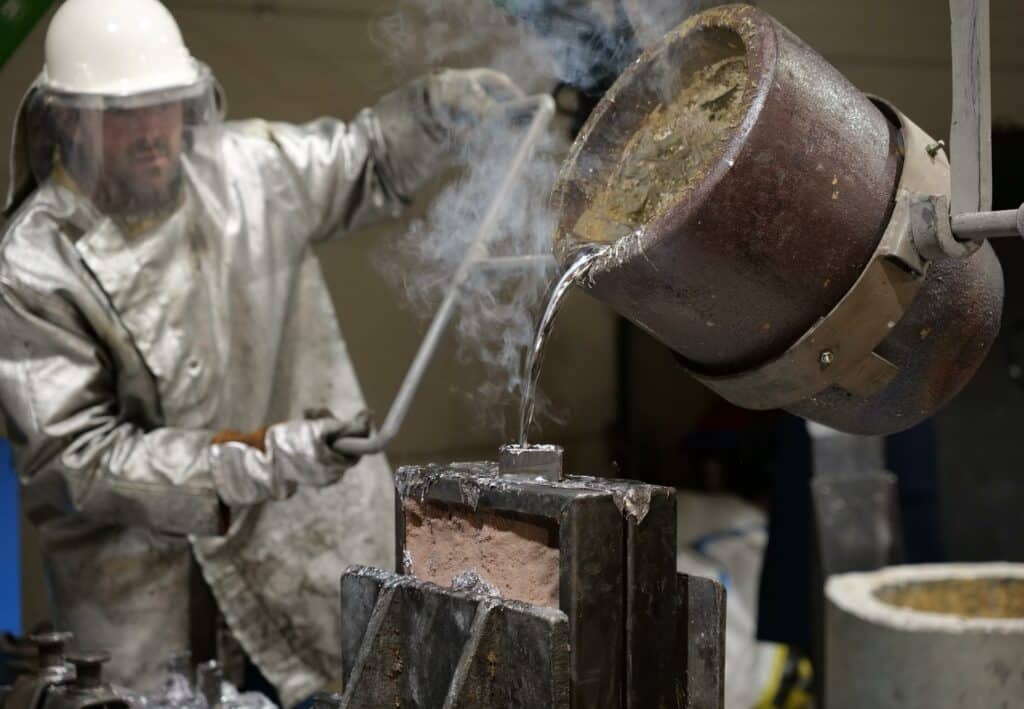
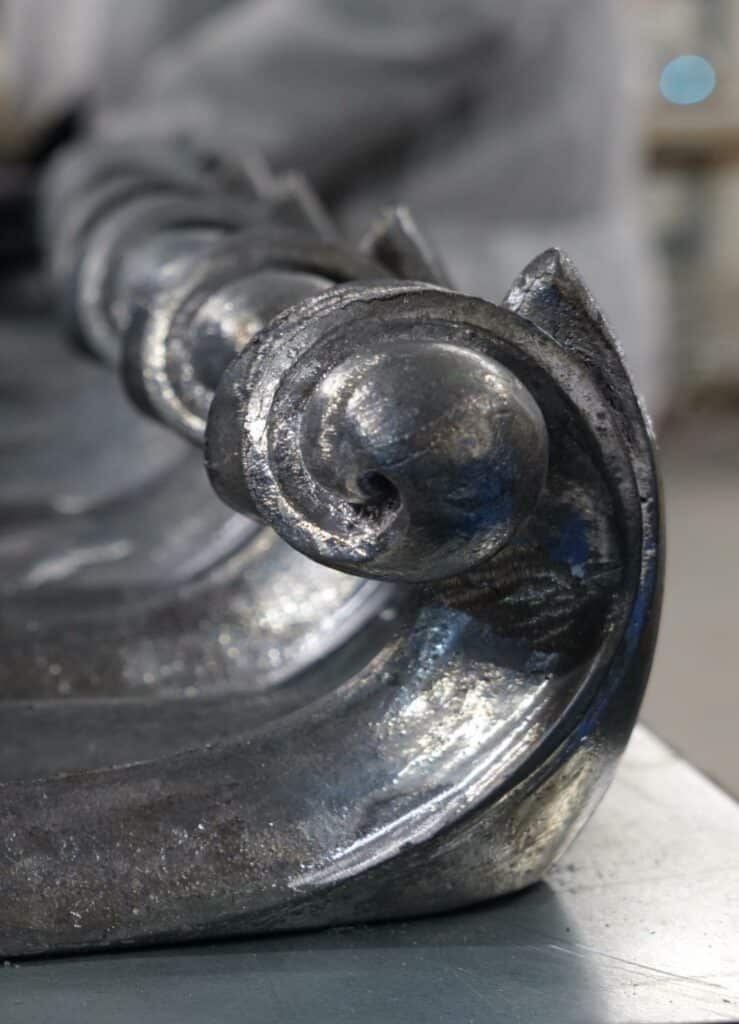
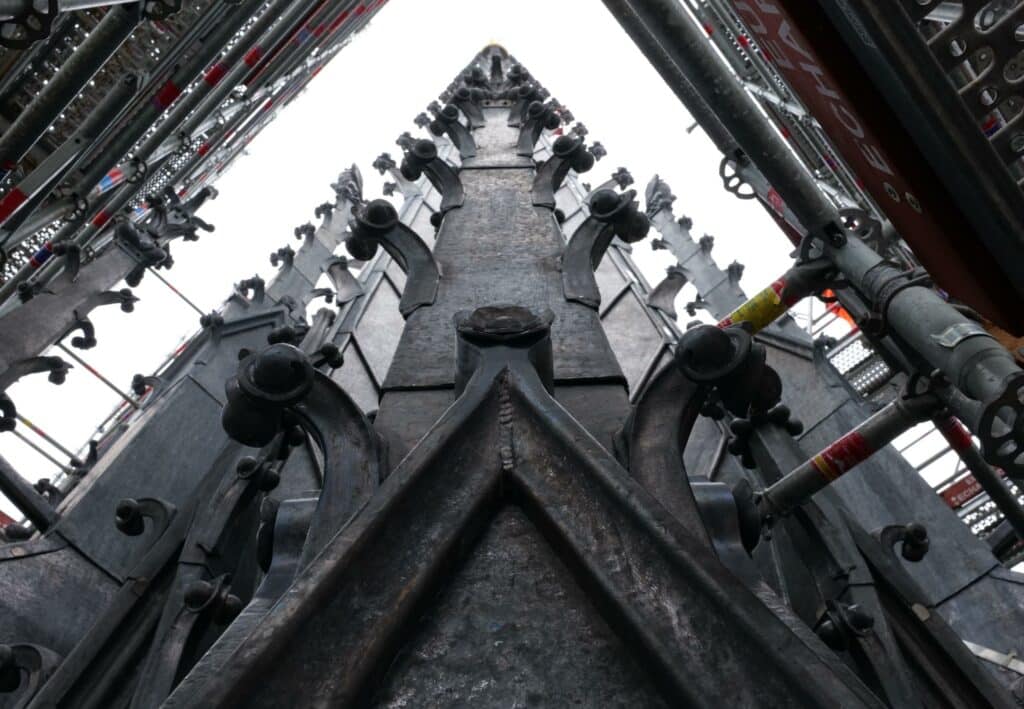
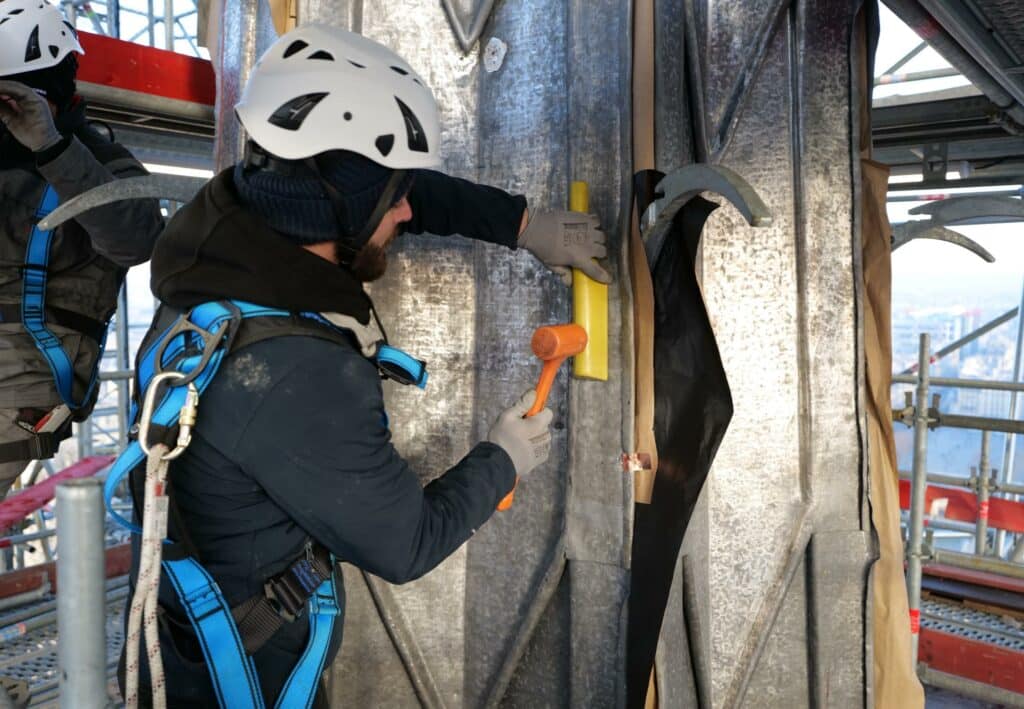

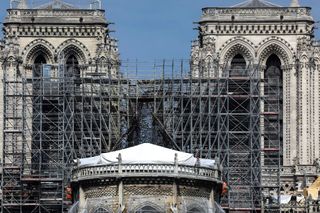



 As druids know, the term “druid” is commonly translated “oak knowledge”, “oak-knower” or “oak-seer” referring to the fact that druids had knowledge of the oaks (and as oaks are a pinnacle species, therefore, druids had knowledge of the broader landscape) or perhaps, understood oaks on the inner and outer planes. In the druid tradition, oak is tied to that same ancient symbol of the druid possessing strength, knowledge, and wisdom. By taking on the term druid, we bring the power and strength of the oak int our lives and tradition. We don’t have a lot of surviving information about the Ancient Druids and their rituals, but one of the most famous was described by Pliny the Elder describes the druids as “magicians” who “hold nothing more sacred than the mistletoe and a tree on which it is growing, provided it is a hard-timbered oak….mistletoe is rare and when found it is gathered with great ceremony, and particularly on the sixth day of the moon.” The ritual is that two white bulls are brought, a white-clad priest climbs the oak tree and cuts the mistletoe with a golden sickle, and then they sacrifice the bulls and pray. This mistletoe, growing on the oak, was said to be the most powerful medicine, curing all poisons and allowing an infertile animal to reproduce. Pliny notes that druids performed all of their rites in sacred oak groves; when the druids were destroyed, the Romans cut all of their sacred oak groves down. You can imagine what those ancient groves must have been like when you encounter even a single ancient oak tree–majesty and presence.
As druids know, the term “druid” is commonly translated “oak knowledge”, “oak-knower” or “oak-seer” referring to the fact that druids had knowledge of the oaks (and as oaks are a pinnacle species, therefore, druids had knowledge of the broader landscape) or perhaps, understood oaks on the inner and outer planes. In the druid tradition, oak is tied to that same ancient symbol of the druid possessing strength, knowledge, and wisdom. By taking on the term druid, we bring the power and strength of the oak int our lives and tradition. We don’t have a lot of surviving information about the Ancient Druids and their rituals, but one of the most famous was described by Pliny the Elder describes the druids as “magicians” who “hold nothing more sacred than the mistletoe and a tree on which it is growing, provided it is a hard-timbered oak….mistletoe is rare and when found it is gathered with great ceremony, and particularly on the sixth day of the moon.” The ritual is that two white bulls are brought, a white-clad priest climbs the oak tree and cuts the mistletoe with a golden sickle, and then they sacrifice the bulls and pray. This mistletoe, growing on the oak, was said to be the most powerful medicine, curing all poisons and allowing an infertile animal to reproduce. Pliny notes that druids performed all of their rites in sacred oak groves; when the druids were destroyed, the Romans cut all of their sacred oak groves down. You can imagine what those ancient groves must have been like when you encounter even a single ancient oak tree–majesty and presence.



 In Leicestershire the Topless Oaks in Bradgate Park were said to have been pollarded as a sign of mourning. This was due to the beheading, in 1554, of Lady Jane Grey who had lived nearby. After the battle of Worcester in 1651 King Charles II hid from the Roundheads in a large oak at Boscobel.
In Leicestershire the Topless Oaks in Bradgate Park were said to have been pollarded as a sign of mourning. This was due to the beheading, in 1554, of Lady Jane Grey who had lived nearby. After the battle of Worcester in 1651 King Charles II hid from the Roundheads in a large oak at Boscobel. 
